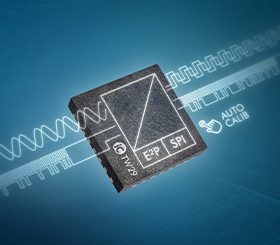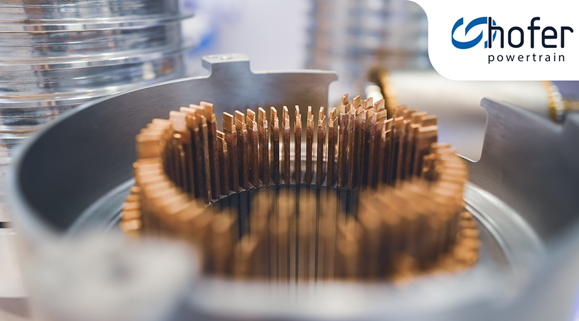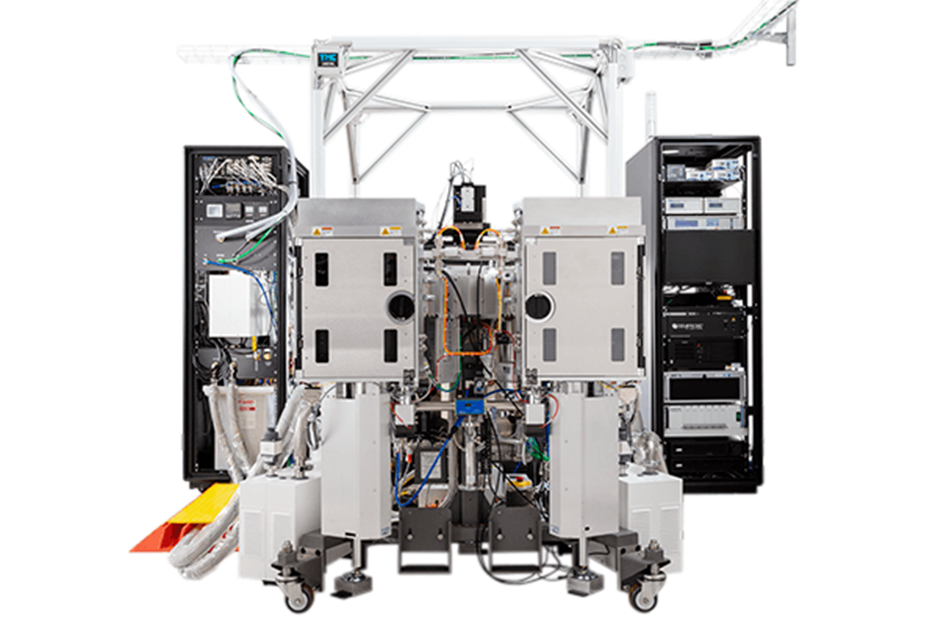
Cryogenics and magnetic probing are enabling advancements in the physical sciences to leverage superconductivity, magnetism and quantum behaviors in new ways to provide unmatched processing power, reduce energy use and improve sensor sensitivity. As a result, R&D labs need test and measurement systems with the ability to manifest extreme environments, leading to a suite of product innovations by FormFactor, a provider of test and measurement systems for the semiconductor industry.
Quantum computing, quantum sensing, fundamental electrical transport property and magnetic property studies subject sample materials and devices to cryogenic temperatures approaching absolute zero, often with high magnetic fields or shielding to eliminate these fields. FormFactor partners with companies such as Lake Shore Cryotronics and Keysight Technologies to offer researchers a comprehensive suite of tools, and now even a laboratory service that alleviates the high capital investment for such equipment.
They are addressing a sizeable and rapidly escalating opportunity. The overall quantum computing market is projected to grow to $1.7B by 2026 at a compound annual growth rate of 30.2%, say analysts at research firm MarketsandMarkets.
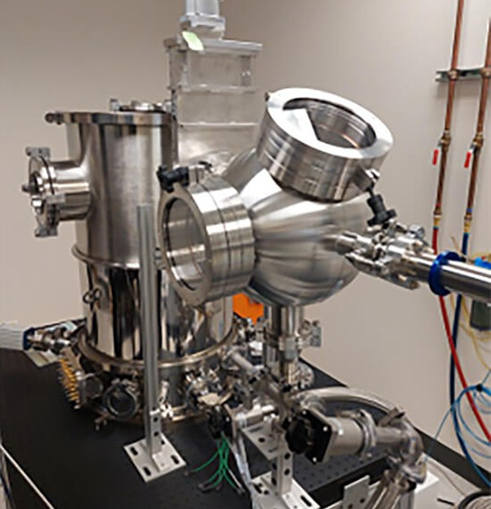
Introduced in October, for example, the IQ2000 die probing system from FormFactor can cool devices from room temperature to a 4K base temperature in less than one hour compared to traditional cryogenic chip probing methods that can require 24 hours or more to accomplish the same temperature drop. The system can dramatically expedite testing that requires ultra-low temperature environments. Quantum developers benefit from ten times faster cooling cycles without liquid cryogens, yielding comprehensive statistical data and accelerating quantum development cycles.
“Quantum test engineers have long struggled with limited throughput due to the time it takes to cool down each device,” explains Amy Leong, senior vice president and general manager of the company’s emerging growth business unit. “With the IQ2000 we eliminate the thermal cycle roadblock and simultaneously enable parallel probe test.”
SEEQC, a quantum computing developer, has deployed FormFactor’s recently introduced integrated measurement solution as an early adopter to markedly expedite its quantum computing research and development program. Including the sub-50mK HPD Model 106 Adiabatic Demagnetization Refrigerator from FormFactor and its PQ500 RF and DC probe socket, the system complements sub-10mK dilution refrigerators to accelerate cryogenic test cycles by more than two times.
“Wire-bonding of high-performance quantum and classical superconducting integrated circuits is a time-consuming, low reliability process that is a common hassle for many cryogenic electronics developers,” said Oleg Mukhanov, CTO of SEEQC, a developer of quantum computing systems in which superconducting qubit and single flux quantum chips are combined to achieve high system scalability.
“With FormFactor’s probe socket solution,” he says, “we have been able to eliminate wire-bonding for qubits, SFQ circuits, and multi-chip modules for faster device characterization to identify the known-good die for final quantum testing. This has streamlined and improved our device characterization process especially in providing fast feedback to our foundry fabricating superconducting integrated circuits and multi-chip modules.” Based in Elmsford, New York, and with facilities in London and Naples, SEEQC is a spin-out of HYPRES, a leading developer of superconductor electronics.
Test lab in Boulder, Colorado
In January 2022, FormFactor launched a cryogenic test service enabling developers to dramatically reduce the time and cost for quantum computing IC development and superconducting qubit characterization. Its Advanced Cryogenics Lab in Colorado features an integrated measurement solution developed by FormFactor and Keysight for pre-screening qubit devices at 50 millikelvin.
Quantum system engineers can use the lab to collect critical qubit performance data to quickly eliminate sub-optimal devices before integrating them into quantum computers, enabling more effective utilization of expensive dilution refrigerators. “This is an excellent example of combining Keysight’s Quantum Control System with cryogenic systems and probes like FormFactor’s to capture pertinent data to accelerate quantum computing development cycles,” said Liz Ruetsch, general manager of quantum engineering services at Keysight.
The lab service follows FormFactor’s acquisition in 2020 of High Precision Devices, Inc., in Boulder, a maker of precision cryogenic instruments including chip-scale cryogenic probe systems and cryostats capable of extreme low temperatures that added to FormFactor’s line of cryogenic wafer probe systems, and cryogenic engineering probes.
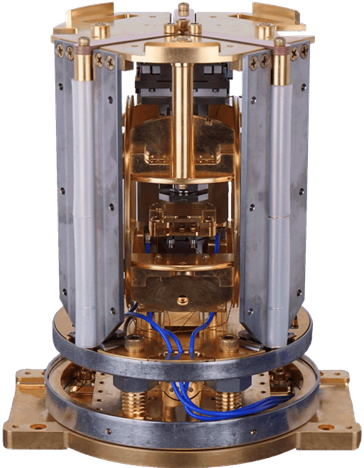
In 2021, FomFactor launched its first product for the quantum computing market, the IQ1000, a scanning SQUID (Superconducting Quantum Interference Device) microscope. With rapid scan speed and process automation, it enables unattended and high-throughput characterization of trapped magnetic flux in superconducting circuits. It helps superconducting device designers to eliminate the guesswork involved in the design of resilient superconducting circuits, and significantly reduce development time by locating and capturing detrimental magnetic vortices to enhance device performance.
A SQUID is basically a superconducting loop configured to form a sensor which converts magnetic flux to a signal current. The current passing through it is directly related to the magnetic flux passing through the loop. The IQ1000 scans a SQUID magnetic flux sensor over the sample surface with sub-micron resolution to generate images of magnetic flux and material magnetic susceptibility. The microscope also enables the study of vortex dynamics in the circuit using XYZ-vectored magnetic fields, precise sample temperature control, and direct manipulation of vortices using the sensor field coils. These characterization techniques allow circuit designers to see where vortices are trapped in patterned superconducting thin films and understand the effect of specific circuit layouts and material properties on vortex trapping.

From its headquarters in Livermore, California, FormFactor provides test and measurement technologies along the full IC life cycle from metrology and inspection, characterization, modeling, reliability, and design debug, to qualification and production test. It has a network of facilities in Asia, Europe and North America. The company started in 1993 when former IBM researcher, Igor Khandros, began developing products for the semiconductor industry in a tiny New York lab. For more info, see www.formfactor.com.

